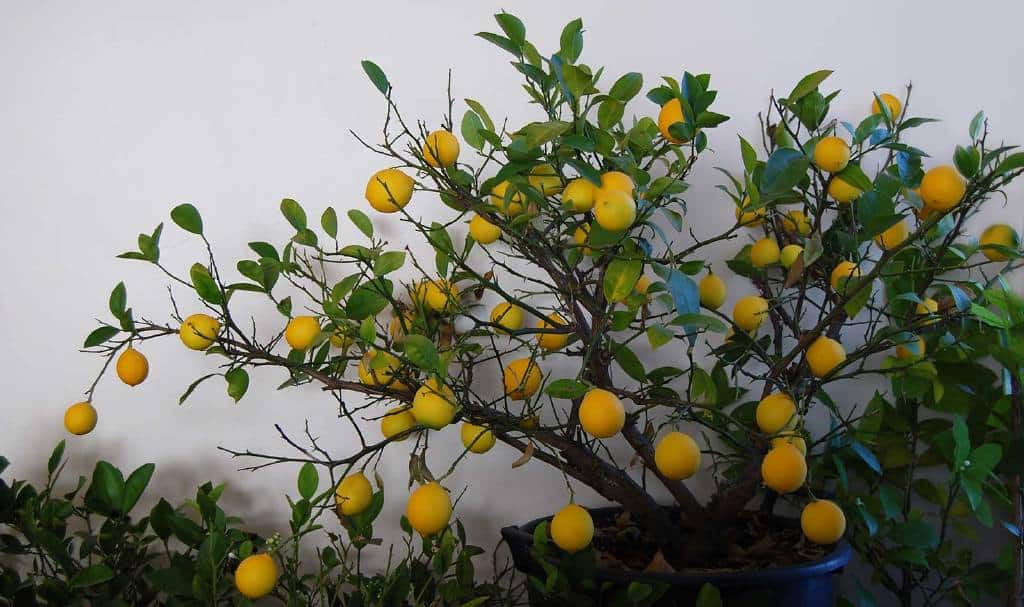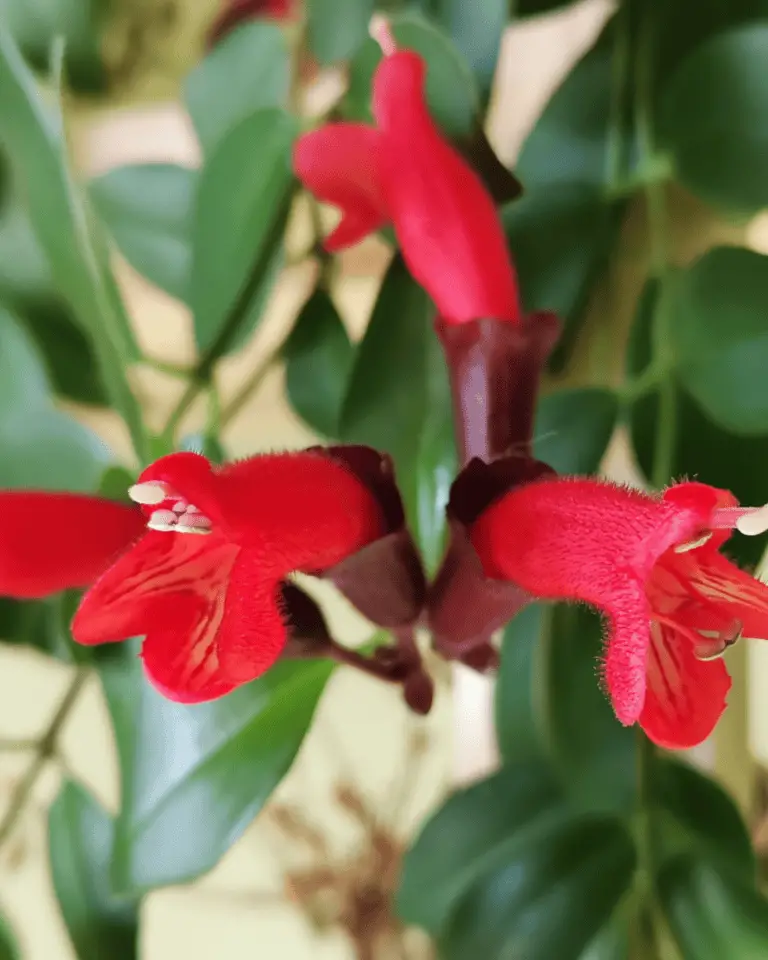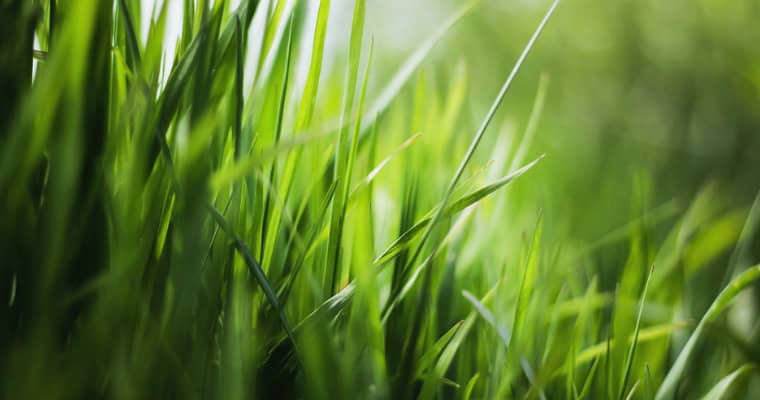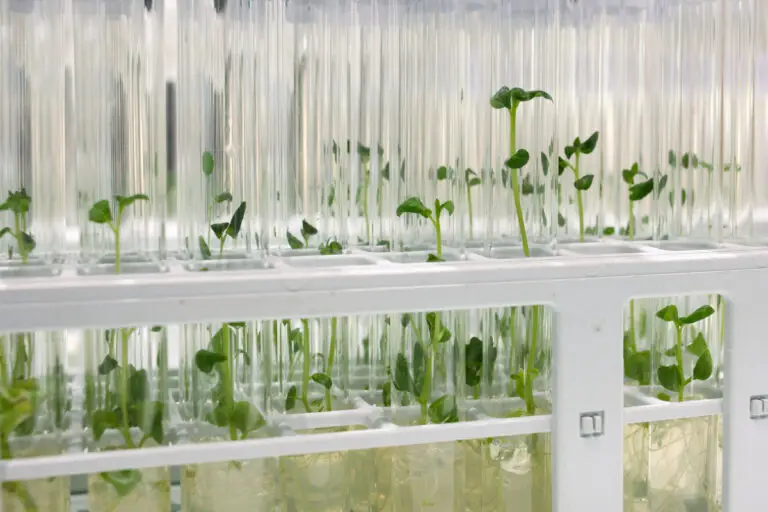How to Revive a Dying Meyer Lemon Tree: Proven Techniques

I’ll admit it—I’m not a perfect gardener. Sometimes, despite my best efforts, my plants decide to go rogue, turning brown and droopy instead of flourishing into the lush green beauties I imagined. But nothing has tested my gardening patience quite like my Meyer lemon tree.
One day it was thriving, and the next, it looked like it was auditioning for a part in a horror movie—brown leaves, brittle branches, and a generally sickly appearance. I knew I had to step in before things went from bad to worse.
If you’re in the same boat, don’t worry. I’ve been down that road, and I’ve learned a thing or two about bringing a Meyer lemon tree back from the brink. It might feel like an uphill battle, but with some TLC and a bit of know-how, you can revive your tree and enjoy those sweet, tangy lemons once again.
Diagnosing the Problem: What Went Wrong?
Before diving into the rescue mission, you need to play detective. Your tree’s symptoms could stem from various issues, and understanding the root cause (pun intended) is half the battle. Here are some common culprits:
- Watering Woes: Too much water can suffocate the roots, while too little leaves the tree parched. Meyer lemons are particular about their moisture levels.
- Nutrient Deficiencies: Yellowing leaves or stunted growth might indicate a lack of essential nutrients like nitrogen, magnesium, or iron.
- Pests and Diseases: Aphids, spider mites, or fungal infections can wreak havoc on your tree, leading to weakened branches and unhealthy leaves.
- Light Levels: Meyer lemons need plenty of sunlight—at least 8 hours a day. Insufficient light can lead to leggy growth and poor fruit production.
- Soil Issues: Poor drainage, compacted soil, or an unsuitable pH level can all contribute to your tree’s decline.
| Read: Are Meyer Lemons Self Pollinating? How to Hand-Pollinate Meyer Lemons Plant |
The Revival Plan: Steps to Save Your Meyer Lemon Tree
Once you’ve identified the potential problems, it’s time to roll up your sleeves and get to work. Here’s a step-by-step plan to nurse your Meyer lemon tree back to health:
1. Assess and Adjust Watering Habits
Watering is a balancing act. You don’t want your tree swimming in water, but you also don’t want it drying out. Start by checking the soil. Stick your finger about two inches deep into the soil—if it feels dry, it’s time to water; if it’s still moist, hold off.
- Watering Tip: Water deeply but infrequently. This encourages the roots to grow deeper into the soil, making the tree more resilient to drought.
- Drainage Check: Ensure your pot has adequate drainage holes. If you’re growing your tree in the ground, check the soil drainage. Poor drainage can lead to root rot, which is often fatal.
2. Boost Nutrient Levels
If your tree shows signs of nutrient deficiency—like yellowing leaves or slow growth—give it a nutrient boost.
- Fertilizer: Use a balanced, slow-release fertilizer specifically designed for citrus trees. During the growing season (spring through summer), feed your tree every 6 weeks.
- Magnesium and Iron: Meyer lemon trees often need extra magnesium and iron. You can apply Epsom salts (for magnesium) or an iron supplement if you notice deficiencies.
3. Tackle Pests and Diseases
If pests or diseases are the culprits, you need to act quickly to prevent further damage.
- Pest Control: For aphids and spider mites, use insecticidal soap or neem oil. These natural remedies are effective and won’t harm beneficial insects.
- Fungal Issues: Prune away any infected branches and apply a copper-based fungicide to prevent the spread of disease.
- Routine Inspections: Regularly check your tree for signs of pests or disease. Early detection makes treatment much easier.
4. Improve Light Exposure

Meyer lemon trees thrive in full sun, so if your tree is indoors, it might not be getting enough light.
- Sunlight Requirements: Place your tree in a location where it receives at least 8 hours of direct sunlight daily. If that’s not possible, consider using a grow light to supplement natural light.
- Rotate the Pot: If your tree is in a pot, rotate it every few days to ensure all sides receive equal sunlight.
5. Optimize Soil Conditions
The right soil can make all the difference in reviving your Meyer lemon tree.
- Soil Mix: Use a well-draining, slightly acidic soil mix. You can create a mix by combining equal parts potting soil, sand, and organic compost.
- Check pH Levels: Meyer lemon trees prefer a soil pH between 5.5 and 6.5. You can test your soil with a pH kit and amend it if necessary.
6. Prune and Trim
Pruning helps your tree focus its energy on new growth and fruit production.
- Remove Dead Wood: Trim away any dead or damaged branches to encourage healthy growth.
- Shape the Tree: Prune to maintain a good structure, which allows better air circulation and sunlight penetration.
- Timing: The best time to prune is in late winter or early spring before new growth starts.
A Table of Common Issues and Solutions
Here’s a quick reference table to help you diagnose and treat your Meyer lemon tree’s ailments:
| Problem | Symptoms | Solution |
| Overwatering | Yellowing leaves, root rot | Reduce watering, improve drainage |
| Underwatering | Drooping leaves, dry soil | Increase watering frequency |
| Nutrient Deficiency | Yellow leaves, slow growth | Apply balanced citrus fertilizer |
| Pests (e.g., Aphids) | Sticky residue, distorted leaves | Use insecticidal soap or neem oil |
| Fungal Disease | Black spots, mold | Prune affected areas, apply fungicide |
| Insufficient Light | Leggy growth, few flowers | Move to sunnier location, use grow light indoors |
| Soil pH Imbalance | Poor growth, nutrient lockout | Test and amend soil pH as needed |
| Check out: Do Meyer Lemon Trees Bear Fruit Year-Round? |
My Personal Journey: How I Revived My Meyer Lemon Tree
I’ll never forget the day I realized my Meyer lemon tree was in trouble. I had gone out to water it, only to find a sad, wilted mess where my vibrant tree used to stand. It was a wake-up call—I had been neglecting its needs, assuming it would just thrive on its own.
The first thing I did was inspect the soil, which was so soggy that it could have easily been mistaken for a swamp. I immediately repotted the tree in fresh, well-draining soil and cut back on the watering. Then, I moved it to a sunnier spot in my garden, where it could soak up the rays it desperately needed.
Over the next few weeks, I fed the tree a steady diet of citrus fertilizer and added Epsom salts to address a magnesium deficiency I hadn’t even realized was an issue. The tree gradually began to recuperate. New leaves began to sprout, and eventually, I even spotted a few blossoms.
It took time and a lot of patience, but seeing those first new leaves felt like a victory. And when I finally harvested a few lemons from that tree, they tasted even sweeter because of the journey it took to get there.
Prevention: Keeping Your Tree Healthy for the Long Haul
Once your Meyer lemon tree is back on track, the key is keeping it healthy. Prevention is always easier than revival, so here are some tips to keep your tree in top shape:
1. Consistent Care
- Keep up with regular watering, feeding, and pruning. Consistency is key to preventing problems before they start.
2. Seasonal Adjustments
- Adjust your care routine with the seasons. For example, reduce watering in winter when the tree’s growth slows down.
3. Regular Inspections
- Check your tree regularly for early signs of pests or diseases. Catching issues early makes them much easier to treat.
Final Thoughts: Reviving Your Meyer Lemon Tree
Reviving a dying Meyer lemon tree isn’t always easy, but it’s definitely worth the effort. The process taught me a lot about patience, observation, and the importance of giving plants the specific care they need.
Every tree is different, and what worked for me might need some tweaking for your situation. But with a bit of attention and the right approach, you can turn your struggling tree into a thriving, fruit-producing marvel once again.
So, roll up your sleeves, get your hands dirty, and don’t be afraid to try different techniques until you find what works. Your Meyer lemon tree—and your taste buds—will thank you.






